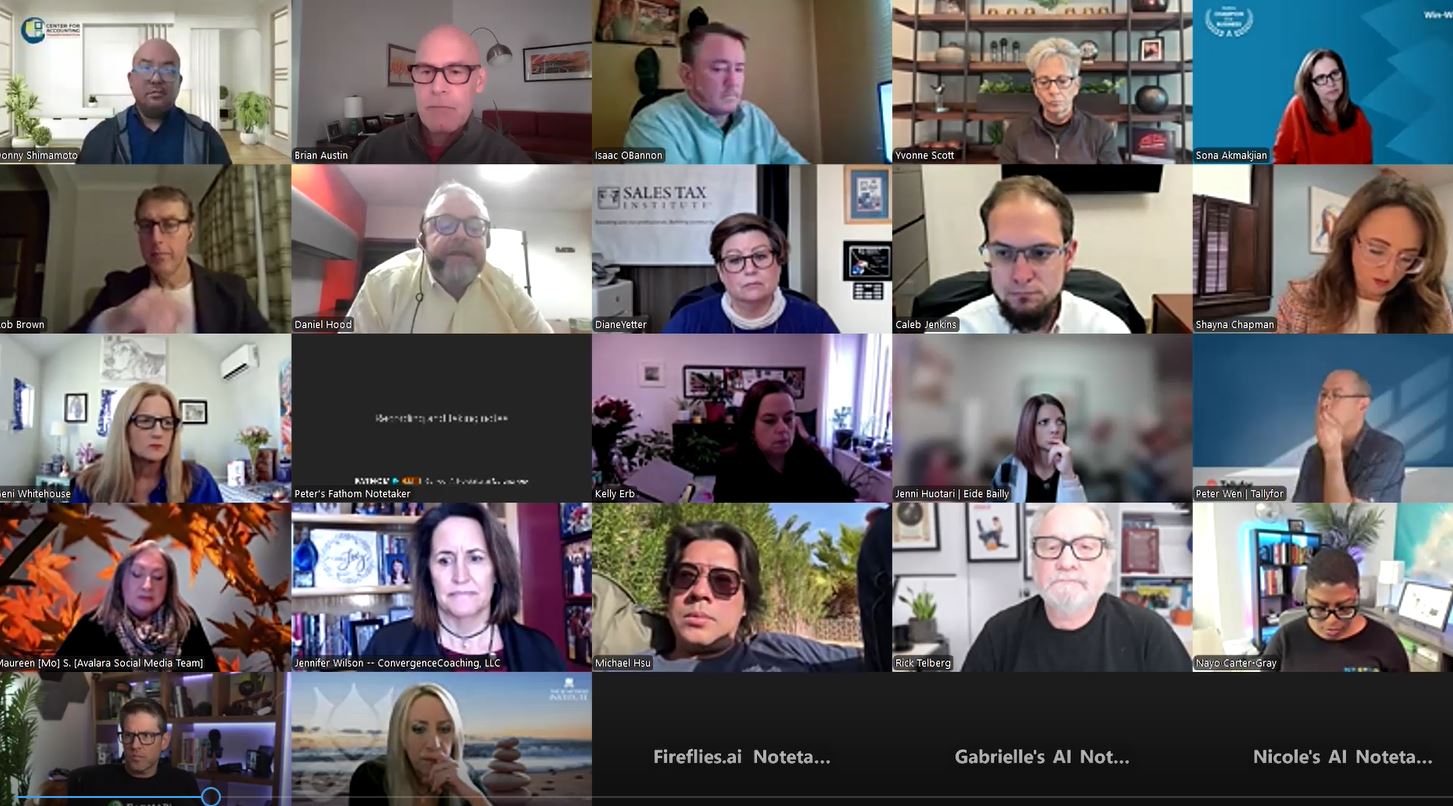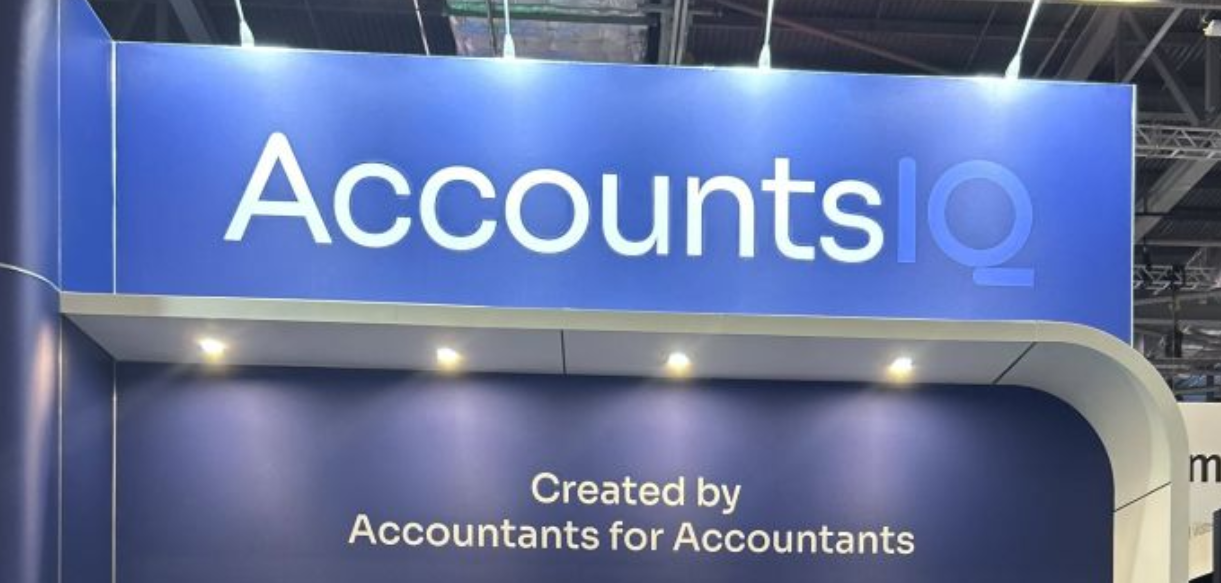From the July 2010 Issue
Income statements and balance sheets. These basics of financial reporting
have been around for what seems like forever, so why change your tool for producing
these now? That’s an easy question to answer, actually — new demands
by business for better information and advances in technology make change possible.
Consider the case of FRx, a real favorite for financial reporting due to its
flexibility, ease of use and the great variety of reports it can generate. FRx
introduced the concepts of rows, columns and trees that could be mixed and matched
to provide a wide variety of ways to slice and dice financial data. It also
had some Excel-like features so the commands were familiar. Like many great
software tools, FRx broke new ground and went through multiple owners, from
its start in 1984 as one of the products offered by Platinum Software (now known
as Epicor) to it’s acquisition by Great Plains Software in 2000 to its
current owner, that goliath called Microsoft.
To be fair, there were some limitations with FRx, and for Microsoft, some
unwanted side effects since acquiring it committed them to selling and supporting
FRx for their major ERP competitors. So as the company updated and revised its
ERP offerings, Microsoft made it known that it was also setting it sights on
developing a replacement for FRx. They were one of a number of publishers signaling
to the industry that status quo was no longer an option. Creative minds and
programmers went to work, and as a result we start the next decade with more
choices for financial reporting and a noticeable shift to incorporate broader
application/module reporting using the same tools used for financial reports.
The good news for accountants, who would rather give up coffee than be told
they can no longer use Excel, is that most of the new offerings actually wrap
themselves around Excel. So now I probably have your attention.
THIS NEW GENERATION OF TOOLS HAS SEVERAL COMMON ELEMENTS:
The use of Microsoft Excel or an Excel-like interface for ease of adoption.
Rather than try to rewrite the already feature-rich spreadsheet program, developers
are using Excel for reporting, knowing that the product already enjoys the loyalty
of most all accountants.
Data sources have been expanded. For a long time, financial reporting tools
were narrowly focused on the GL module and the information stored there. Many
of the new generation of products look beyond GL, broadening their net to allow
the creation of reports and analysis of data from subsidiary modules. As a result,
customer and vendor information, as well as inventory and payroll information
(and more), can be included in the analysis reports from these tools.
Easier learning curve. It just makes sense that if the tool you are using
for financial statements can also report from other modules, adoption will be
quicker by you and your team.
The tools are much more user friendly, designed to be utilized by a broad
base of users. You don’t need to hire a programmer to start creating reports,
just invest in good training, and you’ll learn how to take advantage of
the powerful features included in their tools. You could do it yourself, but
you’ll undoubtedly miss some of the coolest of features. So invest in
learning “how” to do it, and save the do-it-yourself for honing
the skills on what you have learned.
Graphs and charts, oh my. Sure, accountants are happy reading reports full
of numbers, but not everyone can make critical business decisions basely solely
on a number. Many of the reporting tools empower you to also present information
graphically, which helps to make it meaningful for the non-accounting users,
like the boss or the folks in marketing.
HERE’S A PREVIEW OF A FEW OF THE CONTENDERS IN THE ARENA OF FINANCIAL
REPORTING, BOTH OLD AND NEW:
Alchemex (www.alchemex.com),
from a technology company based in South Africa. Through an OEM agreement with
Sage, Alchemex is being included in all Sage mid-market accounting products
— MAS 90/200, MAS 500, Accpac and ERP X3. Titles include Sage MAS Intelligence
and Sage Accpac Intelligence. The product integrates with other ERPs such as
SAP Business One, MYOB and Syspro. Alchemex goes beyond the GL.
Bizinsight (www.biznetsoftware.com)
from BizNet Software. The company got a boost at the start with the former president
of FRx, Chris Scherpenseel, on their Strategic Business Advisory Council. The
product currently integrates with the Sage MAS products, and Dynamics GP is
their latest addition. The company’s upcoming SDK (software development
kit) will expand the product even more. This product reports on other modules
in addition to the GL.
F9 (www.f9.com),
now owned by InFor, has been a long time player in the industry. With two flavors,
the company says F9 Professional will link with any GL system while its F9 Hotlink
works with some 30 mid-market products including CYMA, Dynamics, Exact –
Macola, Sage Accpac, Sage MAS 90/200 and more. The product focuses on GL reporting.
Management Reporter (www.microsoft.com/dynamics/en/us/products/management-reporter.aspx)
is Microsoft’s Financial Reporting tool to replace FRx. It first replaces
FRx in the latest version of Great Plains, known as Dynamics GP 2010. It’s
not as big a stretch to learn since it has similarities to FRx. Like its predecessor,
it only talks to the GL. To ease the transition, customers that have FRx from
versions prior to GP 2010 can still use FRx while they learn the new tool.
Renovofyi (www.renovocorporation.com)
is a newcomer to financial reporting with a twist: It is a web-based solution.
Renovo Corporation, the Florida-based developer of the product, exhibited this
year at both Microsoft Convergence and Sage Insights, the annual client conferences
hosted by the ERP software publishers, so it is aiming to be a player with a
niche.
To their credit, some of these products actually offer a tool to help migrate
from FRx. But keep your eye on the goal. Use this pending change as an opportunity
to review and update your financial and management reports. Yes, you need financial
reporting for bankers and members of the board, but the real value is in getting
the information and metrics to help guide you — and your clients —
in making critical business decisions.
Thanks for reading CPA Practice Advisor!
Subscribe Already registered? Log In
Need more information? Read the FAQs
Tags: Advisory, Technology
![gavel1_11537663[1]](https://www.cpapracticeadvisor.com/wp-content/uploads/2020/03/gavel1_11537663_1_.5e6a69aa237a8.png)


